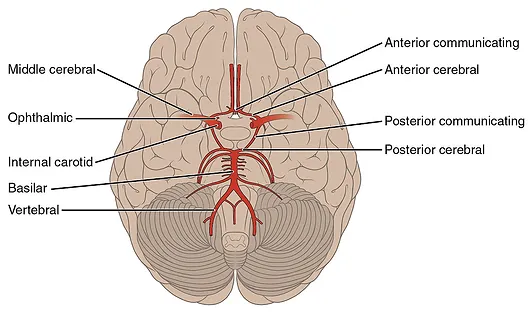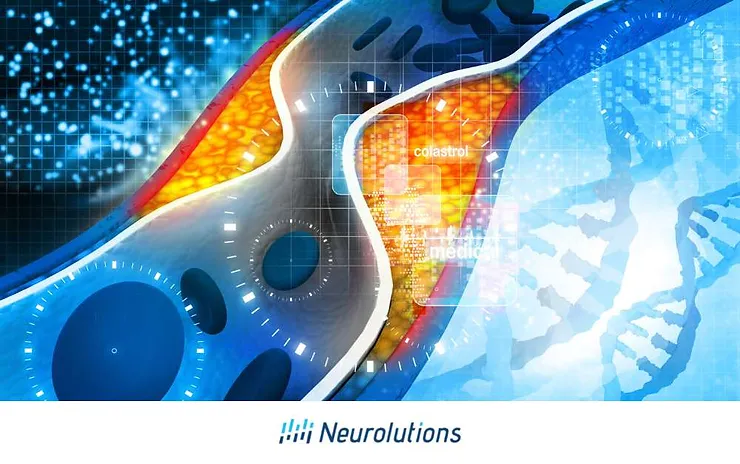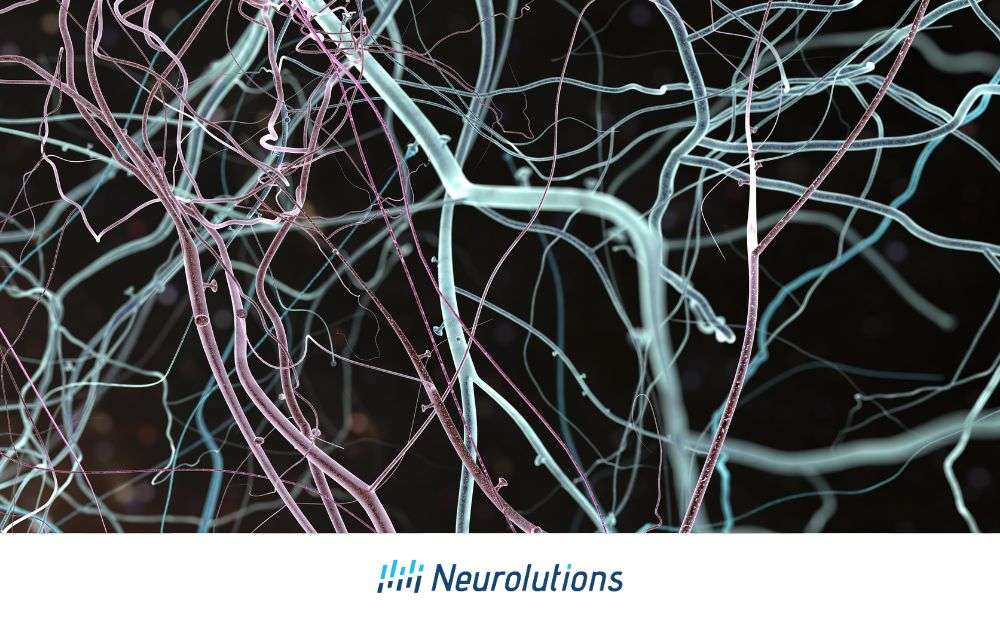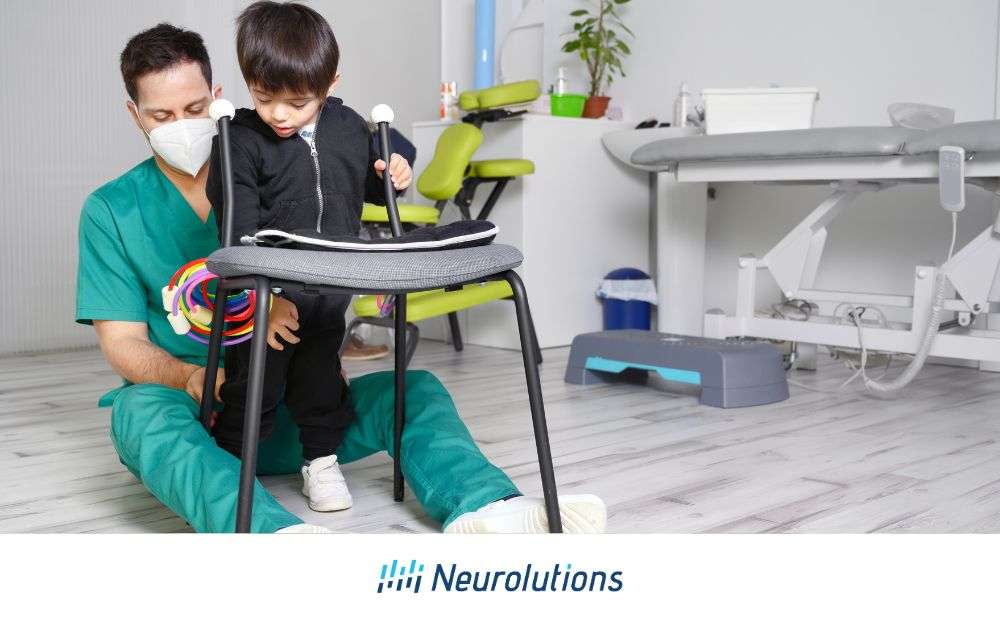Blocked arteries are one of the most common causes of strokes and can lead to an ischemic stroke. Blocked arteries can occur for many reasons, but commonly, it is due to a condition called atherosclerosis. Atherosclerosis, meaning hardening (plaque build-up) of arteries, is caused by the buildup of fatty substances in the arteries which in turn can then lead to heart disease or stroke. In general, atherosclerosis is progressive in nature.
Plaque build-up begins in the lining of the walls of arteries, and once thick enough, can break off and travel to another part of the body, sometimes the brain causing a stroke. Arteries are responsible for bringing oxygen to the area of the body which they are supplying. Therefore, a blockage will cause a lack of oxygen to the tissue, by means of stroke. Ischemic strokes are caused by a lack of blood flow. One of these causes is blocked arteries.
What Causes of Blocked Arteries?
There are many underlying diseases that can lead to blocked arteries over time. Risk factors such as genetics, race, gender, and ethnicity are considered non-modifiable risk factors. However, many risk factors are modifiable such as:
- Use of tobacco (smoking cigarettes can cause damage to the blood vessels)
- High blood pressure (i.e. hypertension)
- High cholesterol
- Diabetes
- Obesity or poor nutrition
- Sedentary lifestyle
- Use of illegal drugs
- Excessive alcohol use
Lifestyle changes such as increased exercise, a heart-healthy diet, smoking cessation, limiting the use of alcohol and drugs, and good medication compliance to help control hypertension, high cholesterol, and diabetes can play a large part in stroke prevention due to arterial occlusion. Talking with your physician or a trained healthcare professional about medication and lifestyle changes can be an important step toward stroke prevention.
What are the Main Arteries in the Brain?
Below is a discussion of some of the main arteries which supply the brain that can be affected by a stroke. The most commonly affected arteries are Posterior Cerebral Artery (PCA), Anterior Cerebral Artery (ACA), Middle Cerebral Artery (MCA), basilar artery, lenticulostriate artery, and internal carotid artery.

|
Artery |
Territory Distribution |
|
Posterior Cerebral Artery (PCA) |
The posterior cerebral artery supplies the bottom of the temporal lobe, the occipital lobe and deep parts of the brain including the thalamus and back part of the internal capsule. |
|
Anterior Cerebral Artery (ACA) |
The anterior cerebral artery supplies the front of the parietal lobe as well as the middle and top parts of the frontal lobe. |
|
Middle Cerebral Artery (MCA) |
The middle cerebral artery supplies the lateral aspect of the frontal and parietal lobes as well as the right temporal and occipital lobes. |
|
Basilar Artery |
The basilar artery supplies the Pons, midbrain, thalamus, and caudate nucleus. |
|
Lenticulostriate Vessels |
The lenticulostriate vessels branch off the M1 portion of the MCA artery and are the smallest in diameter, therefore more easily affected by risk factors such as increased blood pressure. May present more as “lacunar infarcts” which are silent in nature but can still cause deficits in motor and sensory deficits. |
|
Internal Carotid Artery |
The internal carotid artery supplies a combination of the middle cerebral artery distribution and anterior cerebral artery distribution. |
What are the Symptoms of a Specific Artery Being Blocked?
|
Artery |
Impairment which may follow occlusion of artery |
|
Symptoms of PCA Blockage |
|
|
Symptoms of ACA Blockage |
|
|
Symptoms of MCA Blockage |
|
|
Symptoms of Basilar Artery Blockage |
|
|
Symptoms of Lenticulostriate Artery Blockage |
Sensory and motor fiber disruption |
|
Symptoms of Internal Carotid Artery Blockage |
Same deficits experienced in MCA and ACA dysfunction as this is what the internal carotid artery supplies |
Preventing Blocked Arterys is Key
Knowing your numbers, such as your A1C, HDL, LDL, and BP numbers can help educate yourself on risk factors for a stroke and will allow you to have an honest conversation about treatment and stroke prevention before one occurs.
If you have not had a physical checkup in the past year, call your primary care physician to schedule one, including blood work. The more you know the better.
If a stroke does occur due to artery blockage, knowing which artery and territory of the brain have been affected by the stroke can be important to help guide rehabilitation and also know how best to plan for a return home and medical care post-acute onset of the stroke.
Knowing the territory of the brain which has been affected allows caregivers and therapists to target and tailor treatments and activities to best suit the stroke survivor. Ask your doctor or therapist about the area of the brain which has been affected to help guide your plan of care.
References:
https://www.umassmed.edu/strokestop/modules/module-3-the-blood-supply-of-the-brain/carotid/middle-cerebral-artery–stem/
Pendleton and Schulta-Krohn (2006) Pedretti’s Occupational Therapy Practice For Physical Dysfunction: 6th Edition. New York, Elisver.




